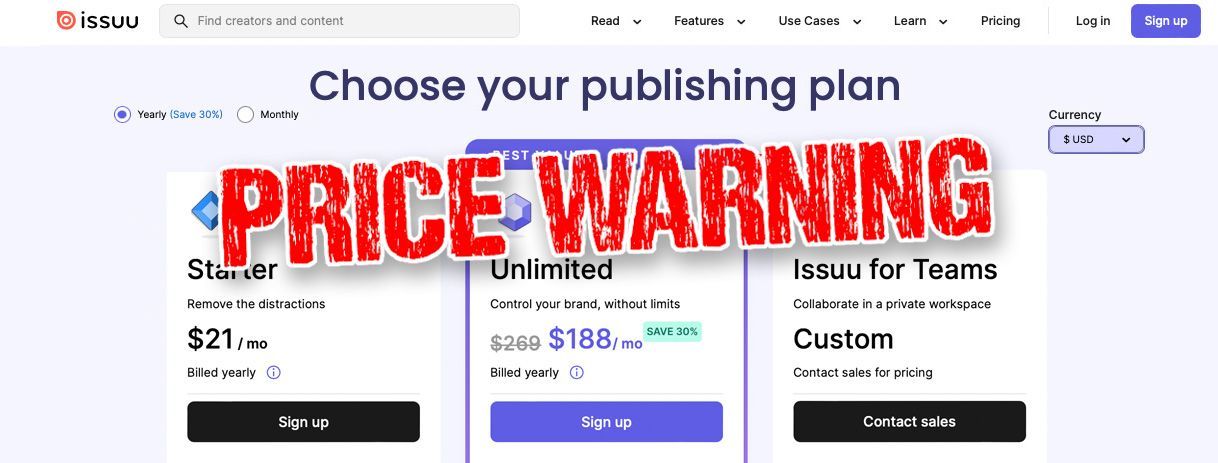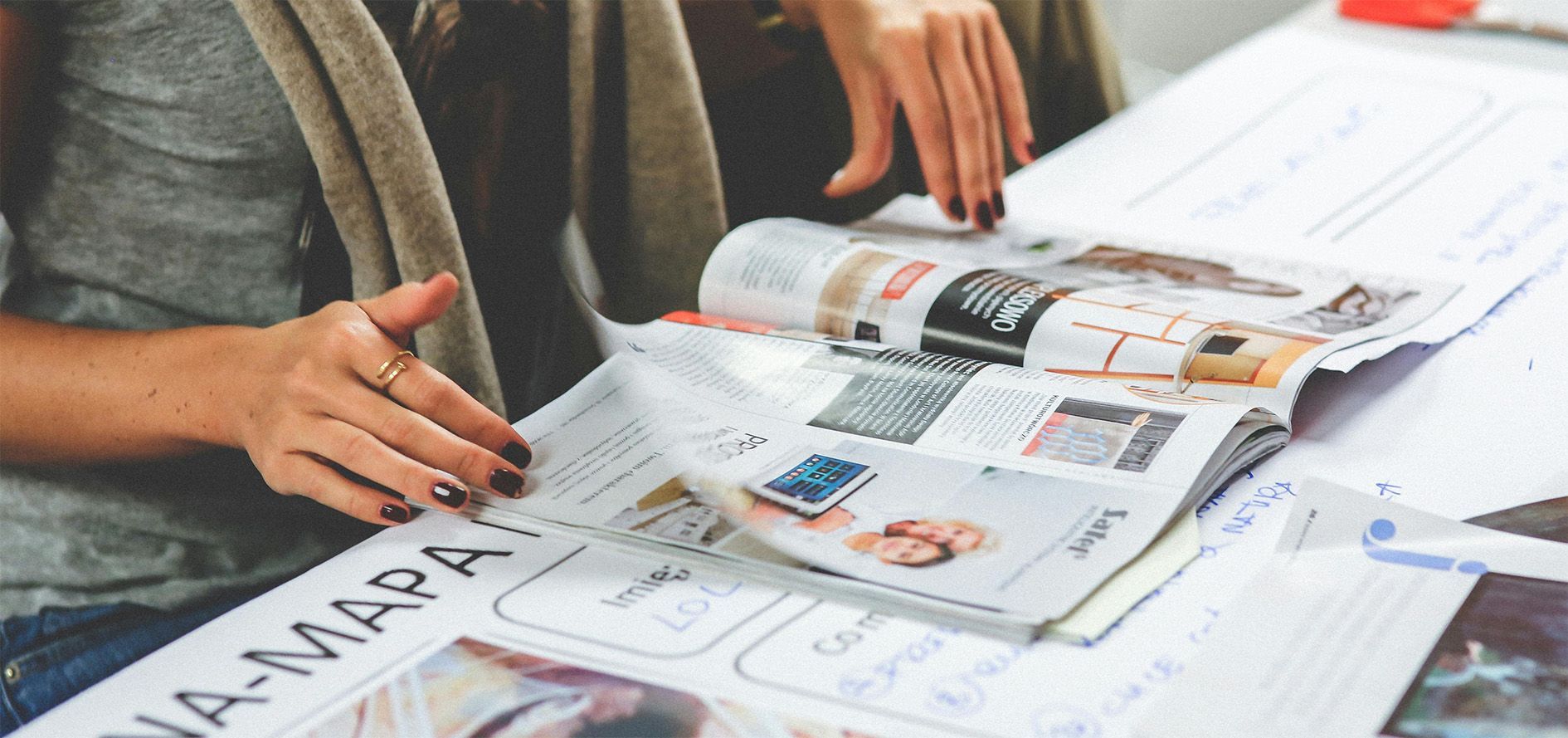Magazine production processes can vary from publication to publication, but in essence, a basic formula is generally followed. Here, Dean Cook looks at what the key process is.
Fundamentally, with any process, it all falls on planning. This allows editorial contributors, advertising sales and production artists to deliver their part of the process by the required time to ensure all runs smoothly. It also helps to keep business costs to a minimum.
It was only in the late '90s when a 100pp monthly magazine involved a team of 16 people; we were a tight-knit family — we had to be. We all understood our roles, ultimately working together to have a large cardboard wallet containing pages of film ready to hand over the moment a courier arrived to drive 200 miles to the printer.
Of course, it is not like that now. Long gone are the number of people involved in the process today, often outsourcing certain services only as and when it's needed. As one example, the art director, production manager, image editor, illustrator, page designer and prepress have evolved to be one job for one person, now known as a 'production artist'. Of course, it comes with significant cost savings and increased efficiency for the publisher, but only if the production artist possesses all the necessary skills and abilities to service. Still, the fundamental magazine production process continues to be applied.
Work backwards
The whole process is anchored to the publication date. These dates are often scheduled one year in advance, so content and editorial planning can ensure contributors can be booked to cover events, for example. In addition, with planned features known, advertising sales have time to attract companies associated with the feature in some form, maybe to organise sponsorships, banners, cover wraps and create social media promotional activity when the feature is published. Either way, it never happens overnight.
A publication map is prepared between the publisher, editor and advertising listing the themed/subject matter occurring several issues ahead. This list is often shared within a media pack/media file — a sales guide for advertisers highlighting all the magazine's key features and unique selling points.
With known publication dates, editorial, production, print and distribution deadlines are set and booked to ensure personnel availability when the publisher requires. This goes a long way to ensure efficiency. It also helps to keep costs down. Many publishers turn to professional production artists as a cost-effective, efficient and reliable way to produce a magazine. But, as with any skilled people, they are in demand, so booking time in advance is essential.
Editorial
The editor's role is to ensure a content strategy is actioned, allowing contributors sufficient time to plan, source, curate, write and supply content and imagery for editing. The editor will then proof, maintain the editorial house style, finalise the content, collate all the assets and prepare an editorial list indicating how many pages each feature will run in readiness for production.
Advertising
The advertising sales primary role is to sell but also align advertisers with forthcoming features to help increase exposure with the title and see what additional social media exposure could be included. With the selling of advertising, which could take months to build relationships and agree terms, the advertiser's artwork would need to be supplied no later than one week before the print deadline. The production artist can then check and advise if technical errors are apparent and, if need be, allow time for the originator to correct and resupply.
Many editors will work closely with advertising sales and/or the publisher to list advertisers in the forthcoming issue in order of appearance, size and whether it is new or repeat artwork. For example, with most magazines, premium positions, such as full-page adverts, are listed first, followed by half pagers and smaller advertisers behind. It helps with upselling if an advertiser wishes to have a more prominent position.
Flatplanning
With editorial and advertising information collated, the production artist will create a flatplan, translating both lists to visually present how the magazine is likely to be constructed. The production artist can also seek pagination optimisation, which can help keep printing costs in check. The flatplan will highlight holes assessing whether further editorial should be supplied or if advertising could be sold. With the flatplan agreed, designing the pages can then get underway, even if pagination revisions are required during the process. Most smaller-paginated magazines may only need a simple list.
The flatplan also allows the production artist to keep track of the magazine's progress and prompt to chase editorial or advertising that has yet to arrive. The flatplan also helps the editor and advertising sales to keep track of their respective progress as well.
Magazine Design and Production
This is where we sit, collating all the editorial and assets, using the flatplan to guide what needs to be done. Our role will include all communication, processing of images, sourcing others (which usually includes colour-balancing and cut-outs); preparing illustrations and infographics; processing and checking of advertisements; coming up with ideas, such as exploring themes; constructing pages, positioning and fitting elements; being creative with formatting and applying typography; preparing proofs and making amendments; managing surrounding production to ensure all remains on track; preparing, uploading and technically approving pages at prepress; and preparing files for digital applications.
Preparing for output
By today's standard, assuming content has already been checked, and the pagination layout has gone well, visual proofing of all pages is ready for the editor. However, for a 68-100pp issue, we find that visual proofing only requires a day or two before the final print sign-off is received. The production artist then prepares a print-compliant PDF file and uploads it remotely into the printer's prepress system. After a short processing period, the production artist can check the RIP (Raster Image Processed) files to ensure nothing has failed before approving all pages for print. The pages are then queued for plating. Finally, the production artist may need to prepare further PDF variants to add a more profound reading experience by adding links and embedding video for digital publishing or even extracting content to be re-edited further for social media activity.
How essential is the print deadline?
By the print deadline, the printer would have ordered the paper and scheduled printing press time in advance to ensure the magazine can be swiftly turned round, bound, trimmed and finished ready for mailing and/or onward distribution. If the print deadline is missed, it could be several days before the printer can create a sufficient time slot amongst other planned magazine work to get your magazine on the press. So, to deliver any magazine on time is critical. With smaller-sized, less-paginated magazines — such as a 32pp A5 issue — timing isn't so essential.
Circulation
Subscription and circulation can be handled in a variety of ways. Still, generally, with smaller independent titles, the publisher would maintain subscriptions then release the mailing list of each issue for the mail fulfilment team to process and organise for the postal company to pick up and mail directly to the readers.
Wholesale distributors dispatch magazines through a national network to contacts who exclusively work in each geographic area. The publisher or wholesaler can arrange for the magazines to be collected from the printer and dispatched to regional distribution centres.
Copies going onto newsstands or retailers carry a barcode and cover price and are supplied on a 'full sale or return' basis. The wholesaler and distributor take a percentage of the cover price of copies sold. Wholesalers scan unsold copies with the credit claimed back. Multiple retail groups, supermarkets and newsagents decide whether to accept a title to sit on its shelves; it can often involve promotional arrangements. Most magazine launches would require a budget to secure shelf space but could be subject to a product selection process to assess commercial viability.
Is it a numbers game?
To create a successful magazine, the publisher and editor must have a clear focus on its audience and uphold the primary mission. Quality content is vital for the reader is king. With today's available technology, combined with the right support to present content professionally, most magazines can be viably produced to service a small number of readers; however, whether it's a viable price for advertisers to pay, well that has yet to be seen.
The post 'What is the magazine production process' appeared first on
The Magazine Production Company.
Click here to go back to the main articles page.
Share this content!
Read more of our articles







